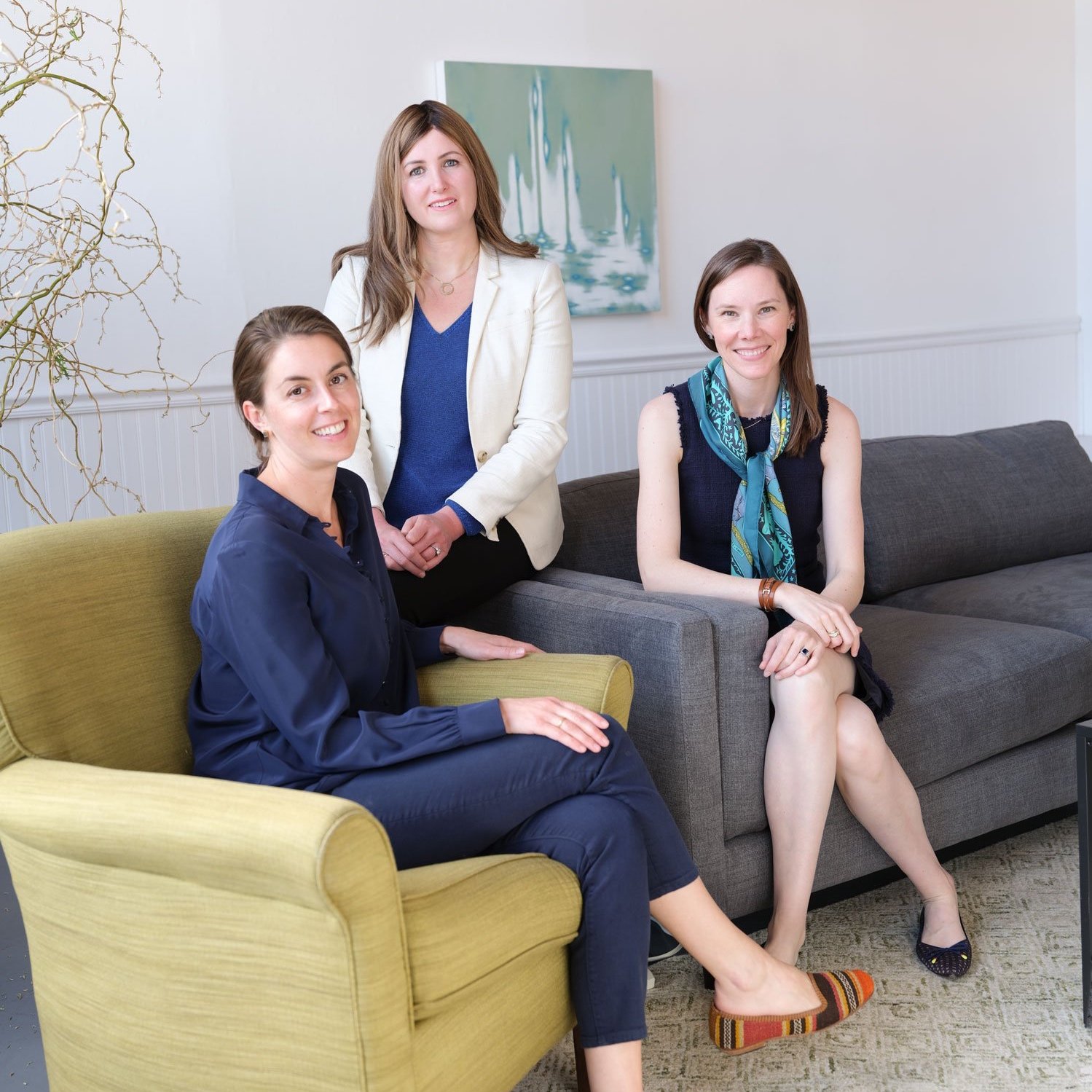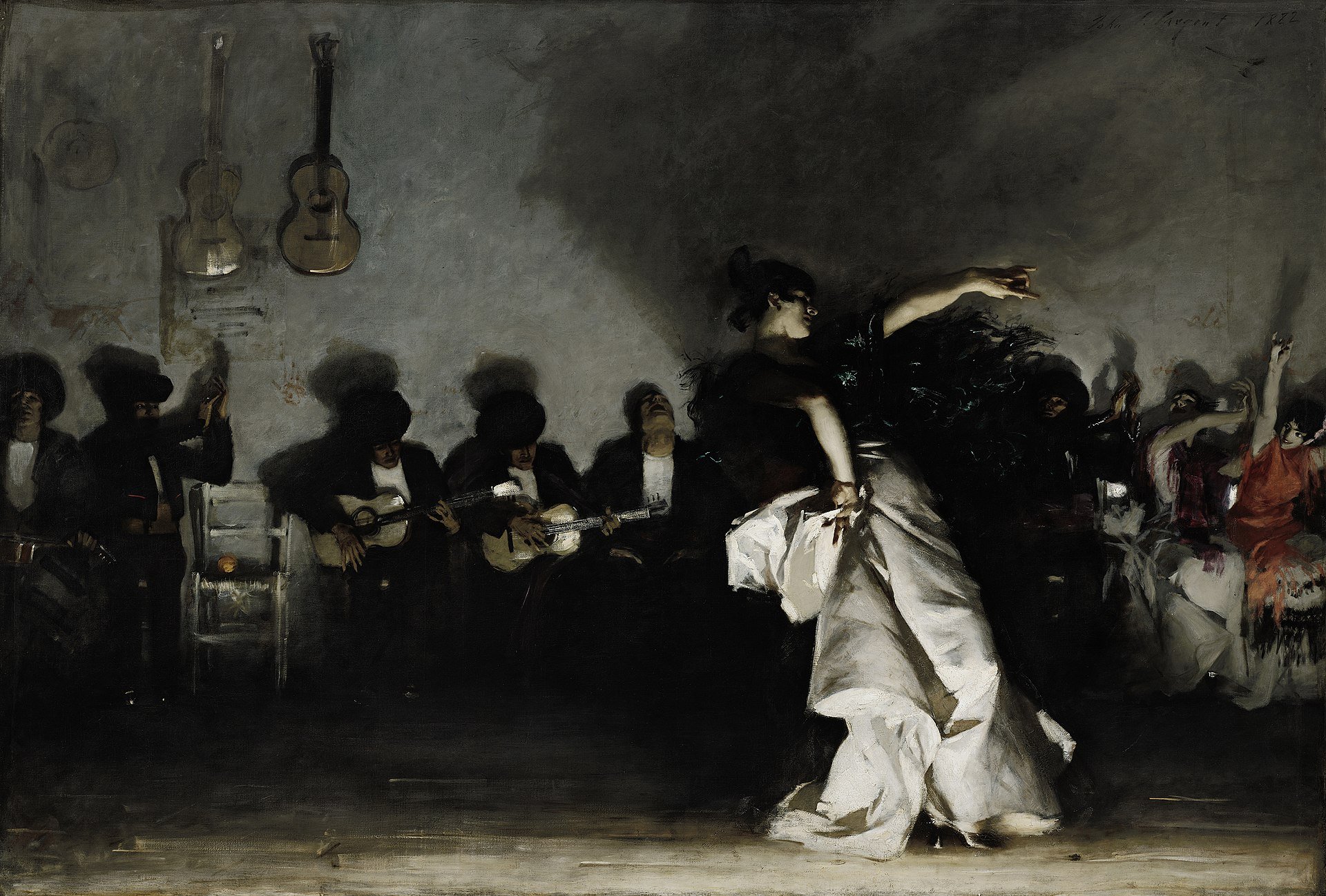Meet Our Advisory Team
Photography: Cynthia August
Many of you have had the chance to work with Lilah Aubrey and Astrid Burns, who joined Powell Fine Art Advisory in 2020 and 2021, respectively.
As 2023 begins, we are excited to share this interview, where they tell us more about their backgrounds, which artists they dream of collecting, what fuels their passion for the art world, and more.
What brought you to Powell Fine Art Advisory?
Astrid Burns: My family has an art storage company called Fortress Fine Art Storage. I have always had a lot of access within the art world. I also have a background in studio art. I met Hadley about six years ago when we moved back to Massachusetts from New York City. We would see each other at various art events, and we became friends. When we were at Art Basel Miami in December 2021, she asked me if I would consider coming on board as an Art Advisor at Powell Fine Art. I immediately said yes because I had been thinking about going down the path of Art Advisory for years but didn’t know how to make the transition. It was a wonderful, kismet moment. I am really thankful for Hadley and for the opportunity. I have loved every day in my new role.
Lilah Aubrey: Hadley and I became friends and colleagues about a decade ago. We share a similar auction house background, Hadley’s career began at Christie’s, mine at Sotheby’s. Upon introduction we became fast friends and stayed in touch across a few cities. Following Sotheby’s I joined Richard Gray Gallery in Chicago and New York, and when I decided to leave the gallery world Hadley and I quickly decided collaboration was in order!
What are some aspects of being an art advisor that are the most interesting to you? Anything that surprised you?
AB: I love the process. I love working with clients and helping them discover what really speaks to them. When a person does not have a background in the arts, building an art collection can seem intimidating; this is where we come in and help. It’s exciting to see a client grow in their tastes and confidence. Our job is to educate, listen and at times even challenge a client. Some clients want art that they love and works within their space, while others are focused on a collection that is curated with a specific focus on genre or period.
I also really love engaging with working artists. Watching an artist evolve and grow, become recognized and ultimately reach a certain level of success is exciting.
What surprised me was how positive and uplifting art advising is. No matter what, my clients are always happy because they get to make the final decision on what they acquire. I may have aided them to get there, but I never try to push my own taste. The art is a reflection of their interests. Having art in a home or space is a relationship-it should be a positive and provocative one.
LA: My career began promptly after undergrad and I positioned myself to work in two segments of our commercial art industry, auction sales and later private sales and exhibitions at a gallery that transacted in both the primary and secondary market. I worked at both an international corporation, and a smaller long standing owner run gallery. I had closely watched the rise of the art advisory field, working with many independent consultants as a gallery director. An independent advisory practice provides unparalleled objective services to art collectors. The model PFAA has developed is one in which the collector’s interests are paramount, and we champion the next generation of transparent business transactions drawing from an abundance of artists and galleries. This differs from selling a specific sale or roster as one vendor, and the sheer flexibility, autonomy and client oriented approach really suits my background of shepherding strategic acquisitions, and collection management across generations. Small outfits are agile and require a lot of resourcefulness and while not surprising to Hadley or me, I think many people don’t comprehend just how many logistics are involved in the industry overall. We are so grateful to the other small businesses we collaborate with that ensure our visions are realized!
If you could collect any artist/artwork(s), what would it be?
AB: This is a really hard question for me because I have very eclectic taste. I love so many different artists from all periods and mediums.
I love John Singer Sargent’s El Jaleo, at the Gardner Museum. It’s filled with so much movement and passion, you can’t help but be pulled into that moment in time when you stand in front of it. I love The Kiss by Klimt. I love The Kiss by Rodin. I guess I’m a romantic!
LA: Barbara Kruger, Simone Leigh, an Andrea Bower painting, Peter Doig (large scale!), Matisse Cut outs, Paul Klee works on paper, a tiny Lucien Freud, and a Man Ray photogram. Let’s throw an 80s Hockney in there and a Canaletto. As you can tell my interest spans centuries and fuses color, graphics, and even intimacy of scale and process!
What would be a dream studio visit?
AB: Leonardo Da Vinci, Artemesia Gentileschi, Jackson Pollock, Kara Walker, Joan Mitchell, Elaine De Kooning, Claude Monet, Beaufort Delaney, Milton Avery, Olga De Amaral, Eric Fischl, El Anatsui.
LA: Betye Saar.
Is there a movement or style of artwork that you are particularly passionate about?
AB: Nope, I love all of the periods because they are all built upon each other.
LA: I do love studying the post war period in America, specifically around New York City, when many artists fled Europe and convened in the city and surrounding regions to reclaim their creativity and along with their American contemporaries, percolated new movements of artwork such as abstract expressionism. While some of the male artists of this period have been household names and art world giants for a long time, there are many female artists and wider ranging artists of diverse backgrounds that are now receiving due acclaim for their inventive practices that often utilized found materials and ‘non traditional’ methods as the western world rebuilt from world war. Art’s ability to communicate humanism and cultivate shared experience is unparalleled and in times of hardship and crisis, brilliant creativity surfaces and perseveres.



